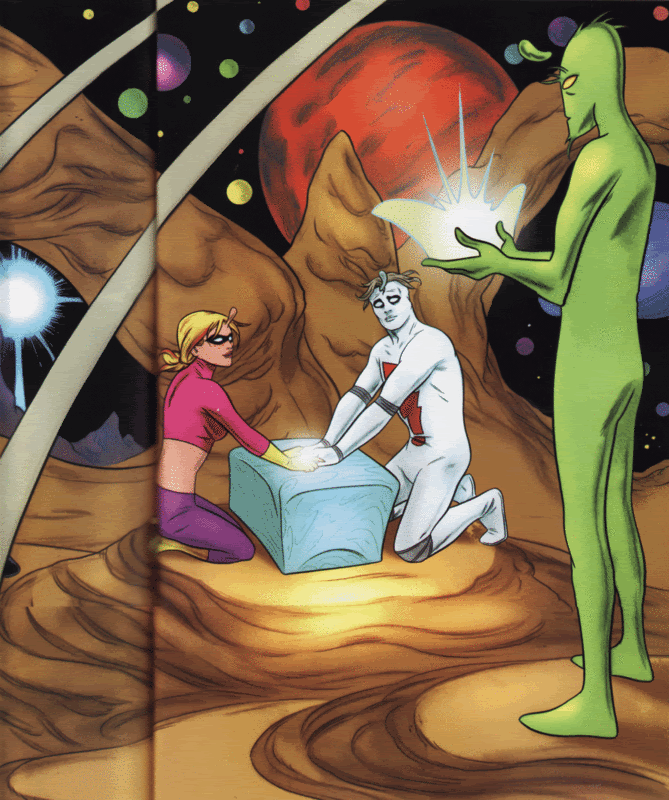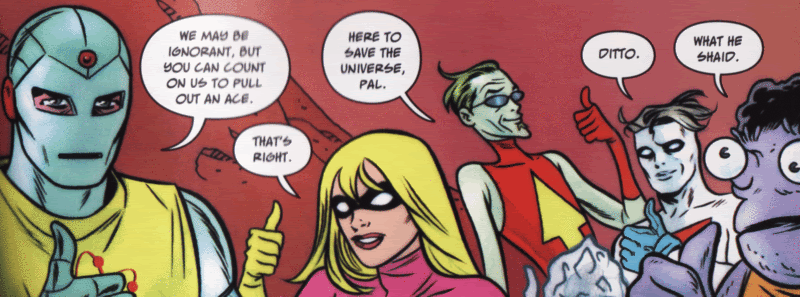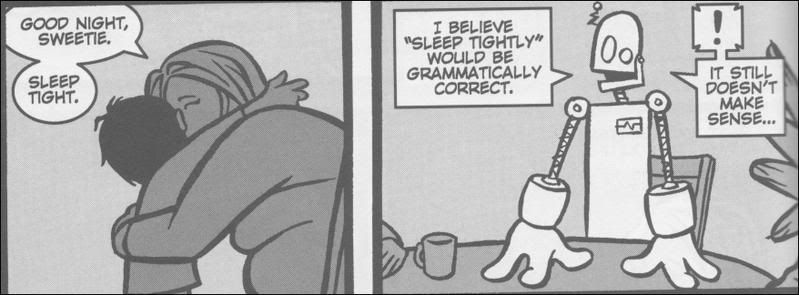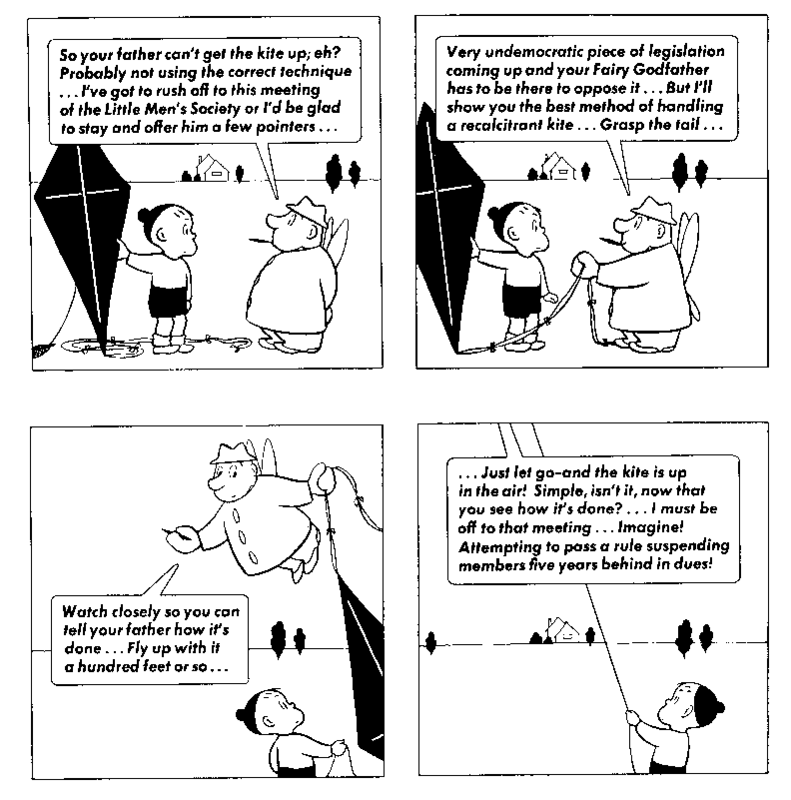 I've always enjoyed comics illustrated by George Perez, but I've never gone out of my way to seek them out until recently. After purchasing the Crisis on Infinite Earths trade paperback recently (and reading this 1985 classic in English for the first time), I decided it was time to beef up my Perez collection, so I bought the New Teen Titans Archives (which I'll be reviewing in the near future) and the four-volume collection of Perez's Wonder Woman. (Watch out, JLA/Avengers, I'm coming for you next.)
I've always enjoyed comics illustrated by George Perez, but I've never gone out of my way to seek them out until recently. After purchasing the Crisis on Infinite Earths trade paperback recently (and reading this 1985 classic in English for the first time), I decided it was time to beef up my Perez collection, so I bought the New Teen Titans Archives (which I'll be reviewing in the near future) and the four-volume collection of Perez's Wonder Woman. (Watch out, JLA/Avengers, I'm coming for you next.)So anyway, this is my first time reading George Perez's Wonder Woman--the first twenty-four issues collected here in Gods and Mortals, Challenge of the Gods, Beauty and the Beasts, and Destiny Calling--and I'm impressed. Besides the fact that the art is beautifully detailed, as anyone familiar with Perez would expect, the stories do some amazing things. After the universe-reshaping Crisis on Infinite Earths, Perez was charged with reinventing Wonder Woman from the ground up, as if this were her first appearance in comics, and the fact that this version of Princess Diana of Themyscira is more or less the version still being used twenty years later attests to his success. Here are some reasons why I think he succeeded:
- Wonder Woman is not just a book about a strong woman, but rather a book about strong women. The opening chapter of the second volume, narrated by four female members of the supporting cast, highlights this strength. Perez and his scripter, Len Wein, bring us into the minds of such varied characters as army lieutenant Etta Candy (notable for being the only overweight woman in comics, ever), history professor Julia Kapatellis, and teenager Vanessa Kapatellis. And then, of course, there's the title character herself, her mother Queen Hippolyta, and an entire island of Amazon warriors.
- Every great fantasy story needs a well-developed world, and much of these volumes is dedicated to creating exactly that. Not only do we see the history and culture of the Amazons developed in more depth than they had been in the previous forty-five years of publication, but the gods of Greek myth become a central part of this world, moving the stories in directions both new and completely natural to what had previously been part of Wonder Woman's mythos.
- Speaking of those Greek gods, the mythic scale of these stories really hit in volume 2, Challenge of the Gods, wherein Wonder Woman is charged with completing a series of tasks in order to protect her people from the wrath of Zeus, who is pissed because she didn't want to be his consort. Everything about this story is something that could easily have been written by Homer, right up to the final task Diana completes, which is itself the completion of a well-established myth about another hero given impossible tasks by the gods.
- Perez takes one of the least logical of superhero costumes and makes it make sense. Wonder Woman's battle armor has a history behind it and a purpose for its existence. And when she's not fighting she wears other clothes--not secret identity clothes, because she has no secret identity, but just the kind of clothes you'd expect an Amazon princess to wear for whatever the occasion, whether she's delivering a diplomatic address or hanging around the house.
- Wonder Woman not only rejects Steve Trevor--the man previous versions of her had pined over for decades--as a romantic interest, but after a brief crush and a kiss from Superman, decides she's too good for him. Well, actually, he decides she's too good for him and she's too modest to phrase it that way, but it's pretty clear that's what's going on. She makes me want to stand up with Destiny's Child and sing "Independent Woman."
 (Note the above page is written and illustrated by John Byrne in a crossover with Action Comics, but it's still George Perez's Wonder Woman.)
(Note the above page is written and illustrated by John Byrne in a crossover with Action Comics, but it's still George Perez's Wonder Woman.)











